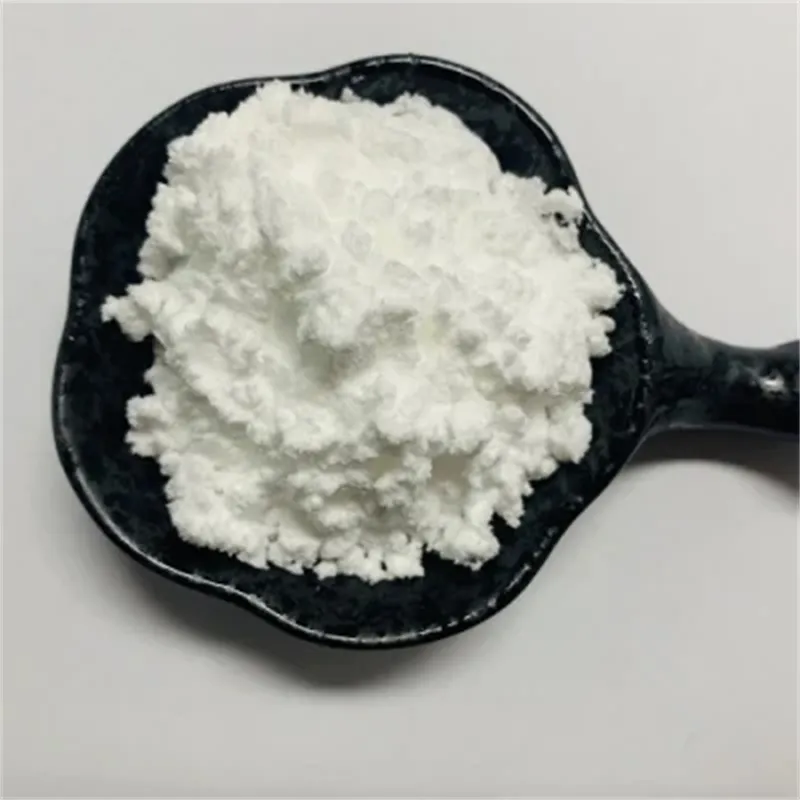Warning: Undefined array key "title" in /home/www/wwwroot/HTML/www.exportstart.com/wp-content/themes/1198/header.php on line 6
Warning: Undefined array key "file" in /home/www/wwwroot/HTML/www.exportstart.com/wp-content/themes/1198/header.php on line 7
Warning: Undefined array key "title" in /home/www/wwwroot/HTML/www.exportstart.com/wp-content/themes/1198/header.php on line 7
Warning: Undefined array key "title" in /home/www/wwwroot/HTML/www.exportstart.com/wp-content/themes/1198/header.php on line 7
- Afrikaans
- Albanian
- Amharic
- Arabic
- Armenian
- Azerbaijani
- Basque
- Belarusian
- Bengali
- Bosnian
- Bulgarian
- Catalan
- Cebuano
- China
- China (Taiwan)
- Corsican
- Croatian
- Czech
- Danish
- Dutch
- English
- Esperanto
- Estonian
- Finnish
- French
- Frisian
- Galician
- Georgian
- German
- Greek
- Gujarati
- Haitian Creole
- hausa
- hawaiian
- Hebrew
- Hindi
- Miao
- Hungarian
- Icelandic
- igbo
- Indonesian
- irish
- Italian
- Japanese
- Javanese
- Kannada
- kazakh
- Khmer
- Rwandese
- Korean
- Kurdish
- Kyrgyz
- Lao
- Latin
- Latvian
- Lithuanian
- Luxembourgish
- Macedonian
- Malgashi
- Malay
- Malayalam
- Maltese
- Maori
- Marathi
- Mongolian
- Myanmar
- Nepali
- Norwegian
- Norwegian
- Occitan
- Pashto
- Persian
- Polish
- Portuguese
- Punjabi
- Romanian
- Russian
- Samoan
- Scottish Gaelic
- Serbian
- Sesotho
- Shona
- Sindhi
- Sinhala
- Slovak
- Slovenian
- Somali
- Spanish
- Sundanese
- Swahili
- Swedish
- Tagalog
- Tajik
- Tamil
- Tatar
- Telugu
- Thai
- Turkish
- Turkmen
- Ukrainian
- Urdu
- Uighur
- Uzbek
- Vietnamese
- Welsh
- Bantu
- Yiddish
- Yoruba
- Zulu
Nov . 25, 2024 19:32 Back to list
Sodium Sweeteners Overview Cyclamate Saccharin Health Effects and Uses
The Sweet Debate Sodium Cyclamate vs. Sodium Saccharin
In the world of artificial sweeteners, sodium cyclamate and sodium saccharin have long been at the forefront of discussions surrounding sugar alternatives. Both compounds provide a sweet taste without the calories associated with sugar, which makes them attractive for those looking to manage their weight or regulate blood sugar levels. However, they have distinct differences in their properties, uses, and public perception that merit a closer examination.
Chemical Composition and Sweetness
Sodium cyclamate, discovered in the 1930s, is a synthetic sweetener derived from cyclamic acid. It is known to be about 30 to 50 times sweeter than sucrose (table sugar). Unlike many artificial sweeteners, cyclamate is often used in combination with other sweeteners to create a more balanced flavor profile. On the other hand, sodium saccharin, one of the oldest artificial sweeteners, was discovered in the late 19th century. It is approximately 300 to 500 times sweeter than sucrose. Due to its intense sweetness, saccharin is typically used in smaller quantities, which makes it a common choice for low-calorie and diet products.
Uses in Food Products
Both sodium cyclamate and sodium saccharin are widely used in various food products such as soft drinks, baked goods, and candies. Cyclamate is often favored for its sugar-like taste and ability to mask the bitter aftertaste that some sweeteners can impart. It is also frequently found in combination with saccharin or aspartame to enhance flavor and reduce the overall cost of sweeteners in products.
Saccharin, however, has faced more scrutiny over the years. Despite its long history of use, it was once linked to potential cancer risks in laboratory animals, leading to temporary bans in multiple countries, including the United States during the 1970s. However, extensive research has since demonstrated that saccharin does not pose a significant risk to humans when consumed in moderation. Today, it is recognized as safe by numerous health authorities, including the FDA and the World Health Organization.
sodium cyclamate sodium saccharin

Regulatory Perspectives
The regulations surrounding the use of sodium cyclamate and sodium saccharin differ significantly across countries. While sodium saccharin is approved for use in many regions, including North America and the European Union, sodium cyclamate remains banned in the United States, although it is permitted in other parts of the world. The reasons for this discrepancy often boil down to historical context, evolving research, and societal attitudes toward artificial sweeteners.
Many consumers today are becoming increasingly health-conscious and are wary of artificial ingredients. This has prompted a rise in demand for natural sweeteners, such as stevia and monk fruit extract, which are perceived as healthier alternatives. As a result, both sodium cyclamate and sodium saccharin are facing mounting competition in the marketplace, leading manufacturers to reevaluate their formulations.
The Future of Artificial Sweeteners
The ongoing debate surrounding artificial sweeteners like sodium cyclamate and sodium saccharin raises important questions about food safety, dietary choices, and consumer preferences. As scientific research continues to evolve, so too will our understanding of the implications of these sweeteners on human health. For individuals trying to navigate the complexities of modern diets, it is crucial to stay informed about the benefits and potential risks associated with these sugar substitutes.
In conclusion, sodium cyclamate and sodium saccharin remain pivotal players in the artificial sweetener landscape. Each has its unique advantages, disadvantages, and consumer perceptions. As the demand for healthier options continues to grow, the future of these sweeteners will largely depend on ongoing research, regulatory changes, and the ever-evolving preferences of consumers seeking alternatives to sugar.
Latest news
-
Certifications for Vegetarian and Xanthan Gum Vegetarian
NewsJun.17,2025
-
Sustainability Trends Reshaping the SLES N70 Market
NewsJun.17,2025
-
Propylene Glycol Use in Vaccines: Balancing Function and Perception
NewsJun.17,2025
-
Petroleum Jelly in Skincare: Balancing Benefits and Backlash
NewsJun.17,2025
-
Energy Price Volatility and Ripple Effect on Caprolactam Markets
NewsJun.17,2025
-
Spectroscopic Techniques for Adipic Acid Molecular Weight
NewsJun.17,2025

